Testing processors for laptops. Mobile processors
The processor is the heart of a smartphone. It controls computing processes, and the performance of the device largely depends on it. In fact, modern smartphones operate on the basis of so-called chipsets, SoC (System-on-Chip, “system-on-chip”), where the processor is only the central element: both the modem and graphics core, and elements responsible for sound reproduction, spatial orientation, and so on. But we will simply say “processor”.
One could say that the higher the clock speed, the more powerful the processor, but it’s not that simple.
Basic processor parameters
Processors differ from each other in several ways. The first of these is the clock frequency, or the number of clock cycles, signals arriving at the input of the circuit in one second. This parameter determines how many operations the processor can perform in one second, and one could say that the higher the clock frequency, the more productive the processor, but not everything is so simple. Other parameters also affect performance, such as processor architecture or number of cores.
The second parameter is the number of cores. First, an increase in the number of cores entails an increase in performance, but only in applications that are optimized for this. Secondly, multi-core processors help solve the problem high heat device and save energy: if the task is not very complex, only a part of the cores takes part in solving it.
Again, one could say that the more cores, the better, but this is not always the case. Much depends on optimizing the hardware and operating system. Of course, single- and even dual-core processors today are considered a sign of a low-power budget device, but the iPhone 6s is one of the most productive modern smartphones, makes do with a dual-core A9 processor, and the iPhone 6 with a dual-core A8 processor demonstrates impressive performance. Microsoft's flagship Lumia 950 runs on a six-core processor Qualcomm Snapdragon 808, although many flagship Android smartphones are equipped with eight- and even ten-core processors. The flagship Qualcomm Snapdragon 820 processor has only four cores, but this is enough to be considered the leader in performance and graphics processing speed today.

The Qualcomm Snapdragon 820 has only four cores, but this is enough to be considered a leader in performance.
In fact, many eight-core processors are actually two quad-core clusters: one with lower performance handles simple tasks, the second takes over when tasks become more complex, but eight cores are never used at the same time.
The third parameter is the technological process. Again, we will not go into detail and say that this term describes the thickness of the conductive tracks: the thinner they are, the better the signal passes, the lower the resistance, the lower the energy consumption. The Qualcomm Snapdragon 820 and A9 mentioned above are made on a 14-nanometer process, although most processors are created on the basis of a 16-, 18-, even 20-nanometer process. And somewhere on the horizon Qualcomm Snapdragon 828 and 830 are already looming, which are expected to be created using a 10-nanometer technological process.
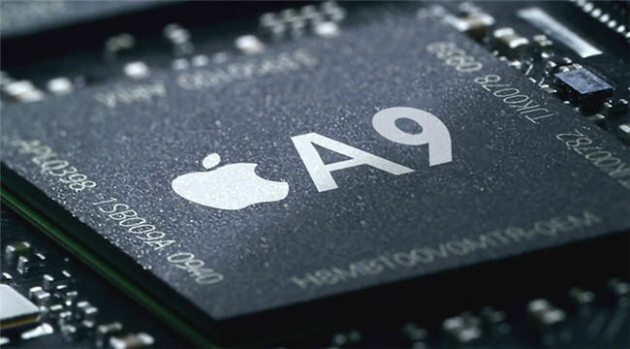
iPhone 6s, one of the most powerful modern smartphones, uses a dual-core A9 processor.
So how do you choose a processor?
It would seem that everything is simple: the higher the clock frequency, the greater the number of cores, the smaller the technological process - the better. But in reality, everything is somewhat different, because, as mentioned above, other parameters also affect performance, for example, how much operating system optimized for a particular processor. It also happens that due to the use of an overly powerful, but not very energy-efficient processor, a smartphone quickly heats up when performing complex tasks (for example, when running resource-intensive games), and it is no longer very comfortable to use.
Some will suggest that you should trust virtual tests, for example, the popular AnTuTu program. But even here it is not easy to find a definite answer to the question of which processor is better, because virtual testing measures the maximum capabilities of the processor, and this is not at all the same as the capabilities of the processor in everyday use.
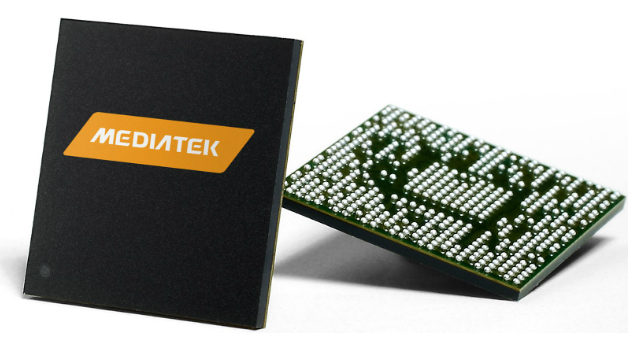
Many mobile device manufacturers use MediaTek developments.
In fact, the quality of the processor is determined by all the parameters listed above, and do not forget that the extent to which it can reveal its capabilities depends on the characteristics of a particular smartphone and on how seriously the manufacturer took optimization software to the processor. For example, the Microsoft Lumia 650 with a quad-core Qualcomm Snapdragon 212 processor will be faster than many Chinese smartphones, equipped with eight-core processors with greater clock frequency.
Major mobile processor manufacturers
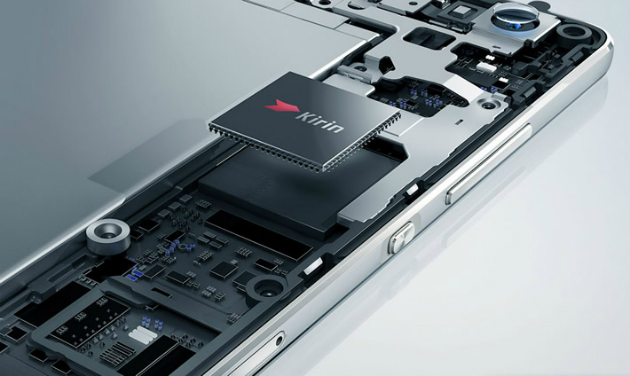
The cute and fast Huawei P8 Lite is powered by the proprietary HiSilicon Kirin 620 chipset.
All companies producing mobile processors can be divided into four categories.
Mobile processors- processors equipped with mobile devices. Initially, processors were installed exclusively in computers, but with the development of smartphones and tablets, microprocessor manufacturers also paid attention to the low-end segment computer technology. Mobile processors manufactured by Qualcomm are especially popular. Samsung equips its smartphones with Qualcomm processors; Apple is developing Apple Ax mobile processors for its technology using Samsung Electronics. From time to time, different companies try to launch their own mobile processors.
Microprocessor manufacturers continue to struggle with Moore's Law, but Samsung was the first to announce that it was starting to produce chips based on the 10-nanometer process technology, ahead of even Intel, not to mention other companies. To make it clear what we are talking about: the transistors of these processors will be only 50 times larger than a silicon atom, which is approximately 0.2 nanometers.
What is a processor? Without going into details, this is the central element of the system, which is responsible for all information transformations and controls the computing process.
mobile version chip (ARM) is not much different from its stationary counterpart. The only differences are in size, power and clock speed. The latter have lower figures.
All of them have achieved success in this industry, but the main struggle is between the Chinese company MediaTek and the American Qualcomm.
Qualcomm
The silicon giant was founded back in 1985. The company was engaged in the production of phones, GPS modules and wireless devices. We will consider it as the largest manufacturer of mobile chips.
In 2005, they licensed ARM technologies, purchasing the rights to create the Cortex A8 core. Based on it, our own chip was developed.
The top line of chips is called Snapdragon. These processors are installed in such flagship devices as Sony Xperia Z line, HTC One, LG G2 and G3 and some models Samsung.
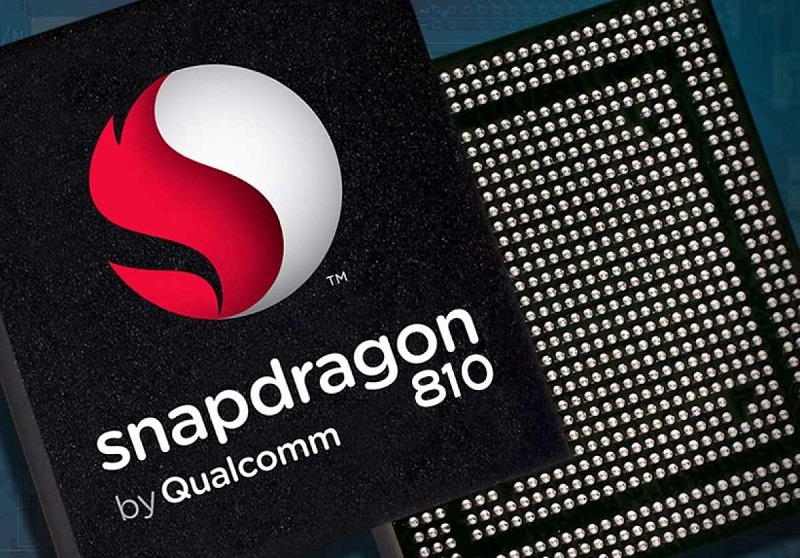
But the latest top-end chip Snapdragon 810 has caused a lot of discussion. Some said that it overheats a lot, causing performance to suffer. But this fact remained undocumented.
8 cores, Cat 6 LTE chip, giving speeds up to 300 Mbps, support for 4K video, as well as sensors up to 55 MP. The figures are impressive.
MediaTek
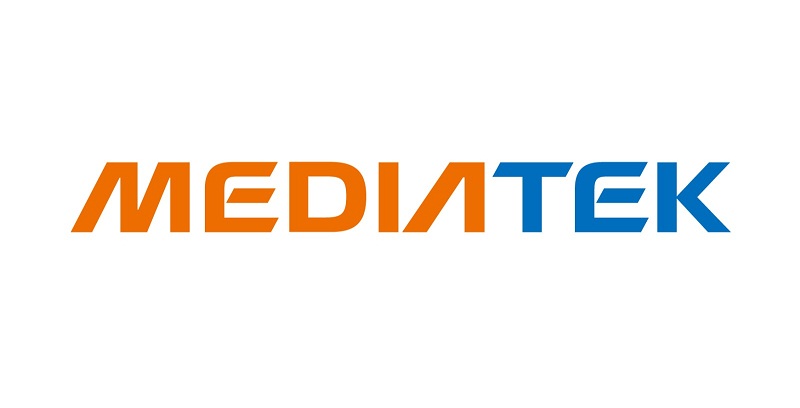
They take advantage not only of quality, but also of mass production, supplying products to all smartphones costing up to $200. The most famous “stone”, namely MT6592, installed on budget phones like Lenovo, in particular S860 and not only.
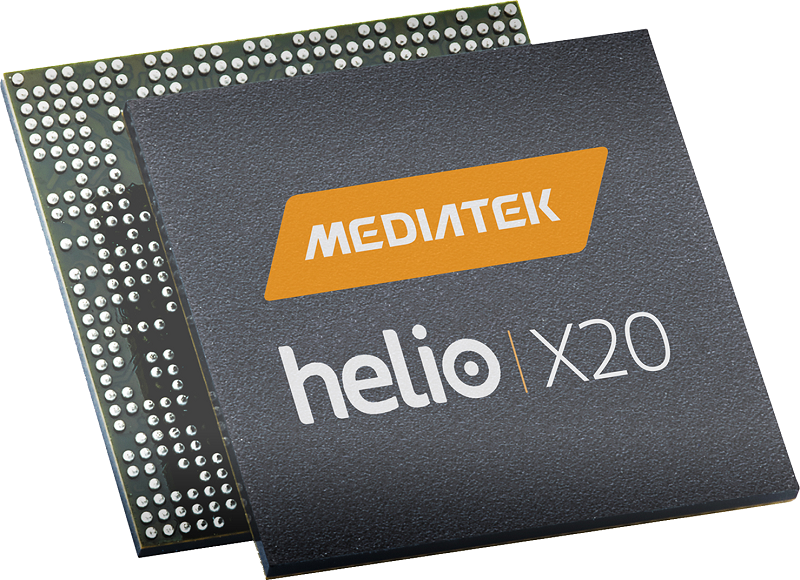
They were the first to develop a 10-core processor called Xelio X20. On this moment is the most powerful single-chip system in the world. Recruits more than 70,000 “parrots” in AnTuTu. Not yet serially produced.
Specifications include 3 blocks of cores: 2x2.5 GHz, 4x2 GHz and 4x1.4 GHz. Mali 800 graphics and support for 2 13 MP sensors. Wi-Fi support 802.11ac and LTE Cat 6.
Apple
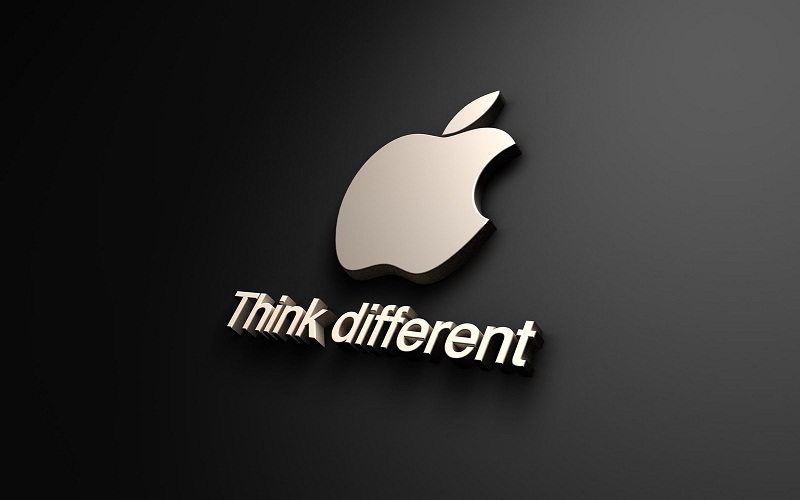
Cupertino residents have always been famous for their closeness. Their unofficial motto can be interpreted as follows: “You don’t need to know what’s inside. Just take it and use it." And this applies to all the company's products.
As for the mobile division, the situation here is no less confusing. It is only known that the company itself develops processors for smartphones and tablets, assigning them an A index and a serial number.
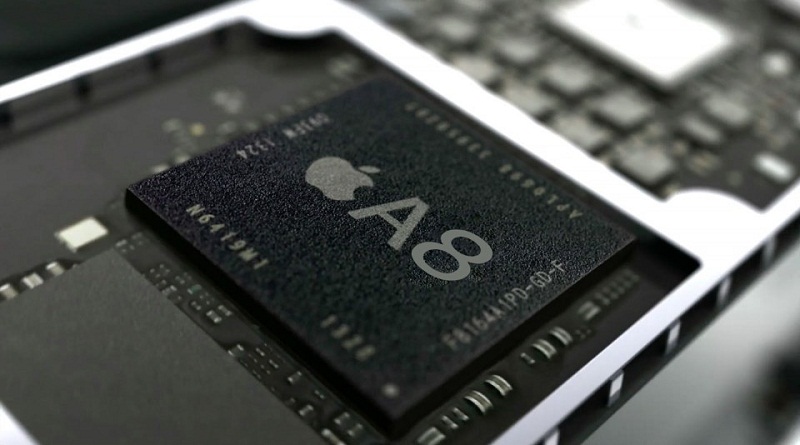
Despite the fact that this giant leads the ranking of mobile processors for laptops, in the field mobile development he's actually sitting on the bench.
Although the fact that smartphones equipped with chips Intel Atom, are in high demand, we can say that the company is making progress.
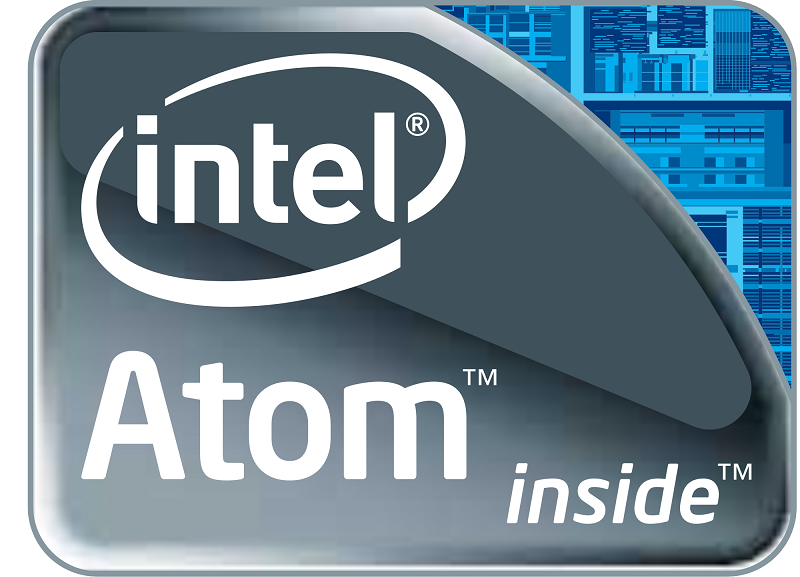
Now the strongest chip that is used in series is Z3580. 4 cores at a frequency of 2.33 will give a head start even to such “players” as Snapdragon 801 and Apple A7.
Specifications: 4x2.33 GHz, DDR-1600 support and proprietary graphics from Intel.
A special feature of mobile processors is their ability to operate on a single battery with minimal heating of the case. But it often happens that the chip shows high performance, but drains the battery very quickly. Conversely, productivity may be slightly lower, but energy efficiency increases. Therefore, judging the advantage of one chip over another is not always relevant. Mobile processors are built on a multi-core architecture. Having more cores increases the number of tasks that can be performed simultaneously, subject to software optimization.
Opens the top ten best mobile processors in terms of performance. The quad-core chip is designed for tablets running Android control and Windows. The Z3775D belongs to the Bay Trail-T family. Featuring a quad-core processor running at 1.46 to 2.39 GHz, the Z3775 is significantly faster than the previous one Intel processor Atom Z2760.
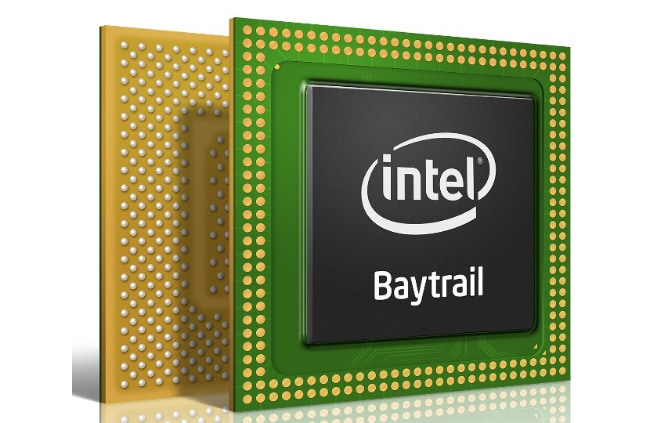
Took ninth place quad-core processor with a frequency of 1.46-2.39 GHz Intel Atom Z 3775, designed for smartphones. The optimized 22nm P1271 process with tri-gate transistors demonstrates increased performance and energy efficiency compared to the previous Atom Z 2770.
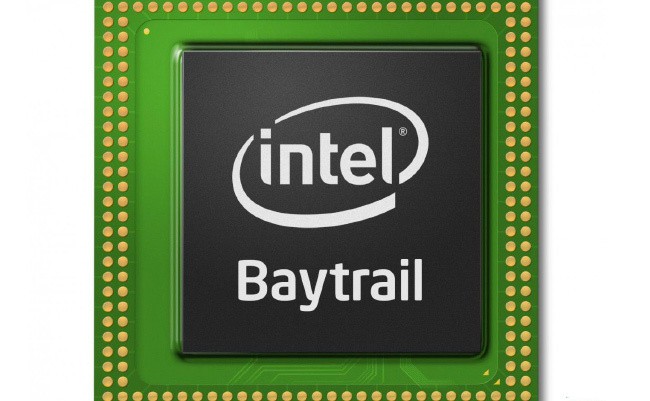
The quad-core mobile processor for tablets and smartphones on Anroid and Windows Intel Atom Z 3785 took eighth position in performance. The SoC, clocked at 1.49 to 2.41 GHz, is built on part of the Bay Trail-T platform. Thanks to the optimized 22nm process combined with tri-gate transistors, performance and power saving are improved compared to the previous generation. Processor cores built on the Silvermont architecture show 50% higher performance due to the use of a pipeline, optimization of the branch prediction module, expansion of decoders and an increase in the buffer.
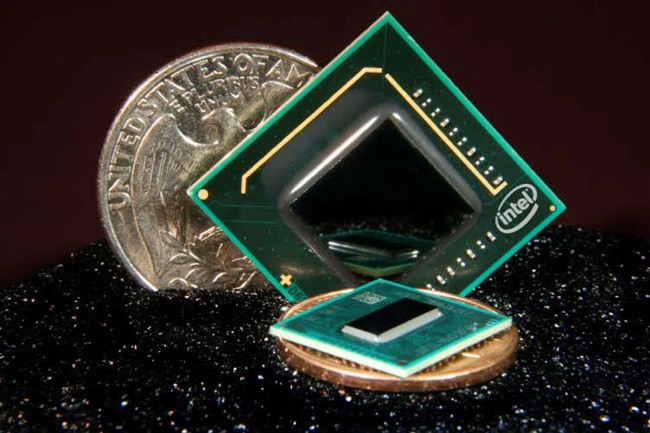
In sixth place is a processor designed for Windows tablets and Android, Intel Atom Z 3795. The quad-core chip operates at frequencies from 1.59 to 2.39 GHz. The optimized 22nm process technology using Tri-Gate transistors has improved performance and reduced power consumption compared to the previous Atom series. The performance of the Z 3795 is designed mainly for working with an office application and a browser, so it will not be enough for resource-intensive tasks.
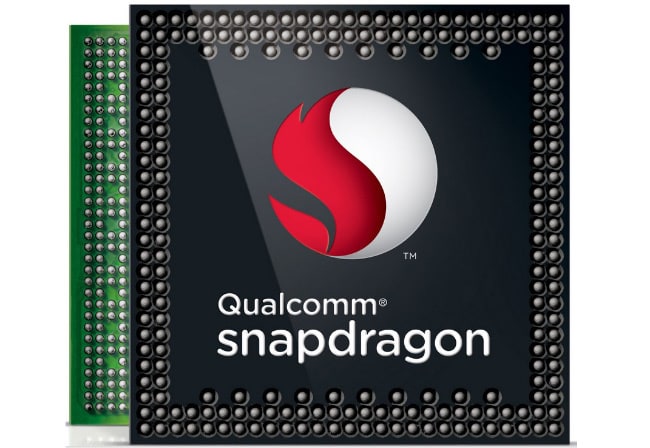
The mobile processor, specially designed for Android tablets and smartphones, has 6 processor cores, an Adreno 418 graphics card with a 2x32-bit memory controller LPDDR3-1866, Bluetooth 4.1, UMTS and LTE. Based on ARM big.LITTLE, which combines different processor cores for an optimal combination of performance and power consumption, the 808 MSM 8992 combines two fast Cortex-A57 cores clocked at up to 2 GHz, with 30% faster performance than the previous processor in the series .
![]()
Fast eight-core processor Qualcomm Snapdragon 810 MSM 8994, intended for tablets and smartphones, is produced using a 28-nm process technology. It uses two groups of 64-bit computing cores with Cortex-A57 and Cortex-A53 architecture. If necessary, all Snapdragon 810 cores can work simultaneously. There is an Adreno 430 graphics accelerator, a dual-channel LPDDR4 memory controller, Wi-Fi modules(802.11ac + MIMO), Bluetooth 4.1, 3G and LTE. The Adreno 430 accelerator is capable of handling any games in Full-HD resolution and higher.
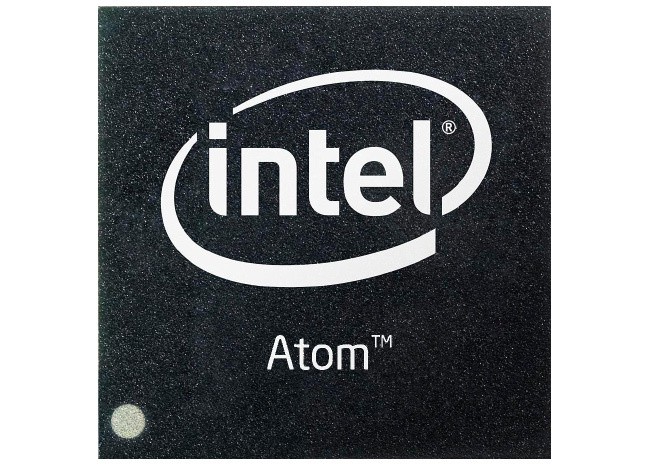
Mobile processor Intel Atom x 7-Z 8700, introduced in 2015, uses four Cherry Trail computing cores. When compared with earlier processors in this series, the new Intel Atom x 7-Z 8700 has a number of undoubted advantages. The streamlined architecture, 14nm technological process with a clock frequency of 2.4 GHz allows achieving high performance while maintaining low heat dissipation. It has a built-in LPDDR3-1600 memory controller and an HD Graphics (Cherry Trail) graphics adapter, which supports DirectX 11.2 and uses 16 computing units (shaders) with a frequency of up to 600 MHz. Atom x 7-Z 8700 can be used for laptops and tablets, as well as smartphones.
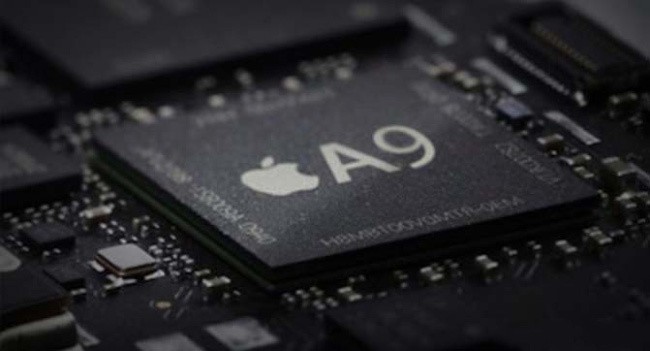
In third place on the list is a 64-bit dual-core ARM microprocessor with architecture ARMv8 Apple A 9. It is manufactured using the 14nm FinFET process. The A9 chip, which is a 2-core SoC with a frequency of 1.8 GHz, received a performance increase of up to 70% overall and about 90% in graphics compared to the previous generation of chips (Apple A8). The chip's power consumption has been reduced by 35% and its size has been reduced by 15%.
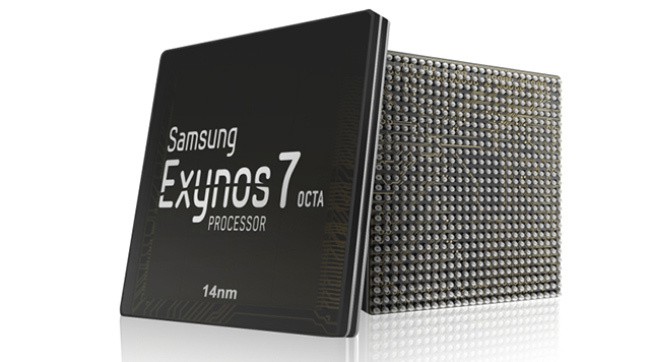
In second place is Samsung Exynos 7420 Octa. The mobile processor was introduced in 2015 with the device Samsung Galaxy S6. The 7420 Octa uses eight cores according to the big.LITTLE architecture. Overall performance is quite good and can be compared to Qualcomm's Snapdragon 810 or Nvidia's Tegra K1. Production according to the standards of the 14-nanometer technological process also makes it possible to reduce power consumption compared to earlier developments (20 nm or 28 nm). As a complete system-on-chip (SoC), the Exynos 7420 Octa also uses many additional components, including an ARM Mali-T760 MP8 graphics accelerator, controller fast memory LPDDR4 and various communication modules.
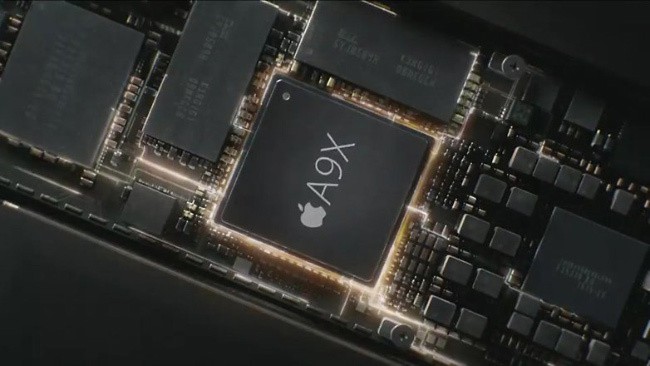
Apple A 9X from Apple tops the ranking of the best mobile processors. It is manufactured using the 16nm FinFET process at TSMC factories. The “Twister” processor core is the third generation of 64-bit ARM cores that operate at frequencies up to 2.26 GHz. Compared to the Apple A8X chip, memory bandwidth has been doubled. According to Apple, the new chip has 1.8 times faster productivity in office tasks than the A8X, which was used in particular in iPad Air 2. The chip area is estimated by Chipworks to be 147 mm2. The built-in 3D accelerator PowerVR Series7 with 12 clusters is used. LPDDR4 memory is connected to the system via a 128-bit wide bus, the total bandwidth is estimated at 51.2 GB/s. The chip contains an M9 coprocessor for processing sensor data.
Which processor is better for an Android smartphone? This question is asked by both buyers of premium phones and supporters of budget phones. Neither the former nor the latter want to spend their hard-earned money buying frankly weak chipsets, because the functionality of a smartphone is not determined by price. The degree of comfort and even pleasure from daily use of your favorite “toy” depends on the capabilities of the platform built on a specific chipset.
In this material, we have collected information about the coolest processors for flagships, mid-rangers and budget smartphones. Phones with powerful processor, good chipset and an inexpensive, but quite decent platform, are divided into three categories. As usual, we start with flagships - smartphones built on powerful processors.
The best processors for flagships on Android
All flagships are phones with a powerful processor and premium components. Select best processor It’s difficult, but we can name the “three” leaders, which included 3 chipsets and 4 processors (Snapdragon 820 and Snapdragon 821 are built on the same platform).
Snapdragon 821
One of the best processors for an Android smartphone is the Snapdragon 821, and there can be no two opinions about it. This is Qualcomm's 2016 flagship processor, which is Pro version Snapdragon 820 chipset with 4 cores on 64-bit Kryo architecture, overclocked to 2.35 and 2.0 GHz. If the processor architecture doesn't mean anything to you, just remember that the Snapdragon 821 is completely fine with this indicator.
Snapdragon 821 features low power consumption and high performance. The processor costs in the following flagship smartphones:
- Google Pixel and Google Pixel XL are good but relatively expensive smartphones, even compared to other flagships. An expert assessment of Google Pixel can be found in the article.
- Xiaomi Mi MIX is another expensive smartphone. Its “trick” is the record ratio of the screen to the total area of the front panel. A separate material is dedicated to the smartphone
- OnePlus 3T is the fastest phone of 2016 according to AnTuTu Benchmark. Best Android smartphone according to AndroidAuthority, it occupied the top positions in all ratings (links to ratings at the end of the material). Read more about its characteristics in the article.
Snapdragon 820
Qualcomm's hit of early 2016. It is also produced using a 14nm technical process, and in general is not much different from the 821 model, although it loses to it in synthetic tests. However, it is still " business card» phone with a powerful processor. It can easily handle both demanding games and the heaviest applications. Recently, inexpensive models are increasingly appearing.
Snapdragon 820 is found in the following phones:
- HP Elite x3 - best business phone of the year
- Motorola Moto Z Force is a legend revived by Lenovo Corporation.
- ASUS ZenFone 3 Deluxe is a flagship with an excellent camera.
- HTC 10 consistently ranks high in the ratings of smartphones with the best sound.
- Sony Xperia XZ - 3rd place in the final ranking of the fastest smartphones of 2016 and.
- LG V20 - from Bang & Olufsen. It is famous for its excellent sound in headphones.
- LG G5 is last year's flagship from LG, whose reputation was spoiled by its ill-fated modular design.
- ZTE Axon 7 is another smartphone with a chic audio chip, one of the winners.
You can compare the prices and characteristics of the smartphones featured in the publication (as well as any other phones) in one table in ours!
HiSilicon Kirin 955 and Kirin 960
Kirin 955 is one of the best processors of 2016, which “made” all Qualcomm chipsets in Geekbench 4. The eight-core chipset was developed specifically for Huawei P9.
The even more powerful Kirin 960 processor costs Huawei Mate 9 and the 2017 flagship Huawei P10. The improved Cortex-73 core architecture has significantly increased performance. In short, a very powerful processor. 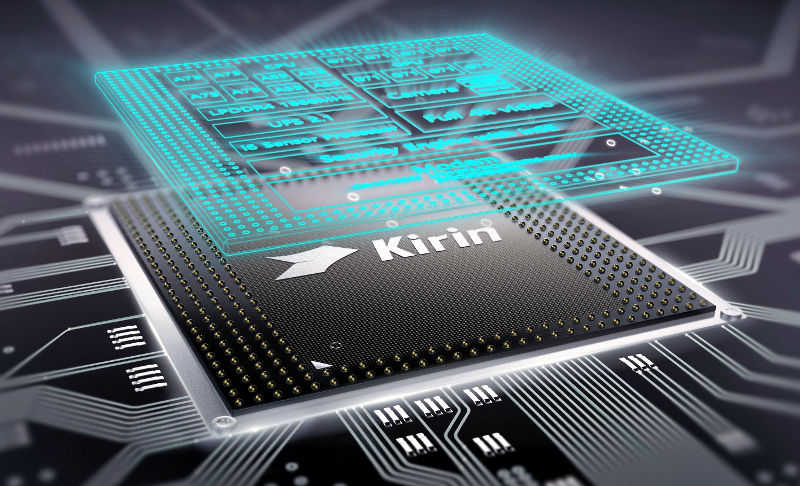
Samsung Exynos 8890
Own development Samsung. According to Geekbench 4 estimates, it is the best processor for an Android smartphone. Created on Exynos 8890 Samsung flagships Galaxy S7 and Galaxy S7 Edge. In all benchmarks they came close to the iPhone 7 Plus. 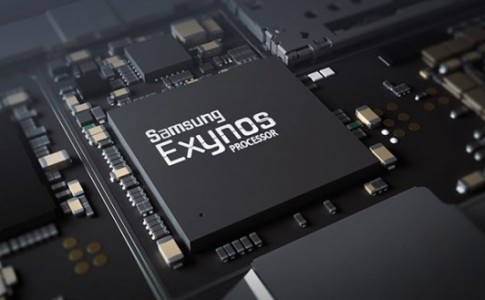
If you see one of these chipsets in the phone's specifications, you can buy the device without much thought. Something better will not be released soon - the announced Snapdragon 835 chipset will appear in phones no earlier than the summer of 2017.
Further, according to tradition, the performance of phones with powerful processors in the Geekbench 4 benchmark. With their help, you can choose the truly best processor for an Android smartphone. If in the browser mobile phone graphs are not displayed properly, we recommend opening the publication in Google Chrome.
So, we examined in detail the powerful processors for Android smartphones in the top market segment and tried not to complicate anything. Using the ratings, you can choose the perfect phone with a powerful processor that fully meets your wishes. And we invite everyone who has set their sights on the budget segment of the market to the second part of the material.
Ratings:
New publications
Editor's Choice!
iPhone X - what is unique about the new Apple gadget? We are looking at new features specifications, advantages and disadvantages of the anniversary iPhone!
iPhone 8 and iPhone 8 Plus introduced. What's new in the 8 series of apple smartphones, prices, dates, user criticism.
Announced new smartphone mid-price segment - Xiaomi Mi Note 3. These are several modified version flagship Mi 6. We look at the similarities and differences, and give examples of photographs of the camera of the new gadget.
Samsung autonomy Galaxy Note 8 is perhaps one of the most pressing issues for a future buyer, given the enlarged display and the sad history of its predecessor. We offer official statistics.
Samsung Galaxy Note 8 is officially unveiled. We offer a first look at the Note flagship: main advantages, differences from the Galaxy S8, as well as new smart features!
The official presentation of Meizu M6 Note took place. Breaking News - Snapdragon 625 and dual camera, which takes very cool photos. See for yourself!
